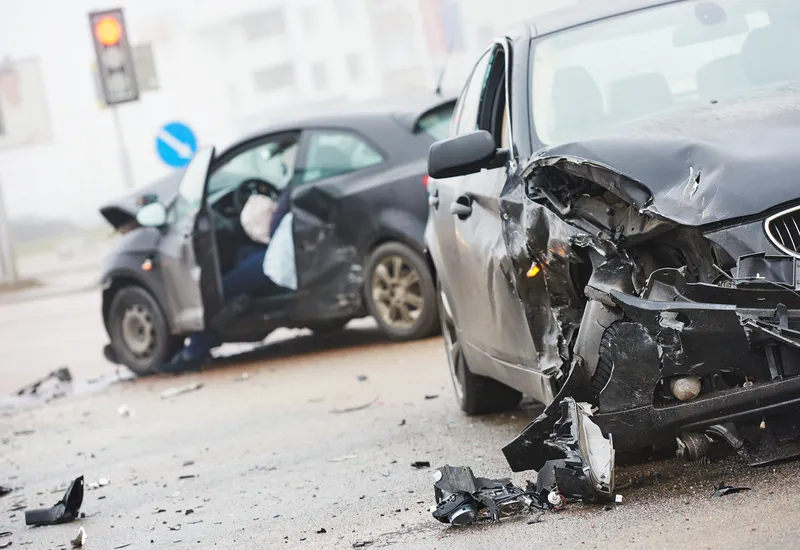The US National Coalition for Safer Roads has released new data on red-light running, which revealed an increase in the number of violations that occurred during peak periods of summer travel in 2014.
According to the statistics, more than 3.7 million drivers in the United States ran a red light in 2014. A large percentage of these violations occurred during the peak summer travel weekends of Memorial Day, Independence Day and Labor Day.
Red-light running incidents during each of these major summer t
May 21, 2015
Read time: 2 mins
The US 5755 National Coalition for Safer Roads has released new data on red-light running, which revealed an increase in the number of violations that occurred during peak periods of summer travel in 2014.
According to the statistics, more than 3.7 million drivers in the United States ran a red light in 2014. A large percentage of these violations occurred during the peak summer travel weekends of Memorial Day, Independence Day and Labor Day.
Red-light running incidents during each of these major summer travel periods in 2014, included: Memorial Day: 37,800 violations; Independence Day: 34,522 violations; Labor Day: 35,118 violations.
According to the data, Friday afternoons, between 1:00 – 5:00 pm, were the most dangerous times on the road – with the highest number of red-light violations recorded.
The millions of additional drivers on the roads during summer holiday periods also increases the risk of traffic collisions resulting from red-light running, distracted driving, and speeding. In order to prevent injuries and fatalities resulting from traffic collisions during the summer travel season, NCSR is sharing these statistics with the public and encouraging all drivers to practice safe driving.
"This data proves that driving over the summer holidays, when millions of people are on the road, can be very dangerous," says Melissa Wandall, President of NCSR. "By sharing these numbers with the public, we aim to influence safe driving and reduce the number of traffic collisions that occur during peak periods of travel."
According to the statistics, more than 3.7 million drivers in the United States ran a red light in 2014. A large percentage of these violations occurred during the peak summer travel weekends of Memorial Day, Independence Day and Labor Day.
Red-light running incidents during each of these major summer travel periods in 2014, included: Memorial Day: 37,800 violations; Independence Day: 34,522 violations; Labor Day: 35,118 violations.
According to the data, Friday afternoons, between 1:00 – 5:00 pm, were the most dangerous times on the road – with the highest number of red-light violations recorded.
The millions of additional drivers on the roads during summer holiday periods also increases the risk of traffic collisions resulting from red-light running, distracted driving, and speeding. In order to prevent injuries and fatalities resulting from traffic collisions during the summer travel season, NCSR is sharing these statistics with the public and encouraging all drivers to practice safe driving.
"This data proves that driving over the summer holidays, when millions of people are on the road, can be very dangerous," says Melissa Wandall, President of NCSR. "By sharing these numbers with the public, we aim to influence safe driving and reduce the number of traffic collisions that occur during peak periods of travel."









